
Putting Ice Cubes into Boiling Soup: A Clever Trick Many People Don’t Know
A common cooking tip that many people use is to drop an ice cube into a pot of boiling soup. While most assume this simply helps cool down the soup faster, professional chefs reveal that the real benefit lies elsewhere.
Why Put an Ice Cube into Boiling Soup?
Many people think that adding ice cubes to hot soup just helps it cool quickly. However, the main advantage, according to culinary experts, is that the ice cube absorbs excess oil and grease floating on the surface. As the ice melts, the fat clings to it, making it easier to remove with a spoon or ladle. This simple trick can improve the flavor and texture of your soup, especially if you accidentally added too much oil or seasoning.
All you need to do is quickly drop the ice cube into the boiling soup, let it absorb the oil for a few seconds, then scoop it out. This is an easy and efficient way to make your soup healthier and tastier.
Does Adding Ice Cubes Affect Cooking Time or Meat Texture?
Another popular belief is that adding ice cubes into boiling soup can help make the meat softer and reduce overall cooking time. The method is simple: cook the soup with meat or bones as usual, then when the soup reaches a boil, add an ice cube, cover the pot, and continue cooking until the soup boils again.
The sudden drop in temperature followed by reheating may help the meat fibers relax, resulting in a more tender texture. While this effect varies depending on the type of meat and cooking method, many home cooks swear by this technique.
Other Useful Applications of Ice Cubes in Cooking
Ice cubes are versatile in the kitchen and can be used in many other ways beyond soup.
1. Adding Ice to Rice and Vegetables
In Japan, housewives and chefs often add ice cubes when cooking rice or boiling vegetables such as onions. Each practice has its unique benefits.
-
Keeping vegetables crisp and green: When boiling vegetables, quickly transferring them into a bowl of ice water helps halt the cooking process immediately. This preserves the vibrant green color and crunchy texture of vegetables like spinach, broccoli, and green beans. This technique also works well for root vegetables such as carrots and peas.
-
Preparing boiled meat: For certain boiled meats, soaking them in ice water right after cooking helps the meat cool quickly and firm up, making it easier to slice. For example, boiled chicken feet become crisper and more enjoyable when cooled in ice water.
2. Reducing Fat in Dishes
If a soup or stew has too much oil floating on the surface, adding a few ice cubes can help. The cold causes the fat to solidify and rise to the surface, allowing you to easily skim off the hardened fat with a spoon, resulting in a lighter dish.
3. Reheating Leftover Rice
When reheating leftover rice, try mixing in a few ice cubes before turning on the rice cooker. Close the lid and let the ice melt as the rice warms. The moisture from the melted ice helps the rice grains absorb water evenly, making the reheated rice softer and fluffier instead of dry or hard.
4. Keeping Salad Fresh and Crisp
Before tossing your salad, add an ice cube to the bowl, then pour the dressing over it. The ice keeps the vegetables cool and crisp, maintaining their freshness longer and enhancing the overall flavor and texture of the salad.
5. Making Bitter Melon (Bitter Gourd) Crunchier and Less Bitter
To enjoy bitter melon with a more appealing texture and less bitterness, place a layer of ice cubes underneath the sliced bitter melon before serving with dried shredded pork (ruốc). The cold helps make the bitter melon crunchier and mellows its bitterness, making the dish much more enjoyable.
Final Thoughts
Ice cubes are not just for cooling drinks—they’re a surprisingly versatile kitchen helper. Whether you want to reduce fat in soup, keep your vegetables crisp, or improve the texture of your meats and rice, using ice cubes thoughtfully can make a big difference.
Next time you cook, don’t hesitate to try these simple ice cube hacks—you might be surprised at how much they enhance your cooking and dining experience!
News in the same category


Great tips for the bathroom: Disposable masks can 'eliminate' bad odors, making the space surprisingly clean and fragrant

Save this for when you need it: How to cure 46 diseases with medicine-free tips

Why do gourmets always choose places with lots of leftover tissues when eating out?
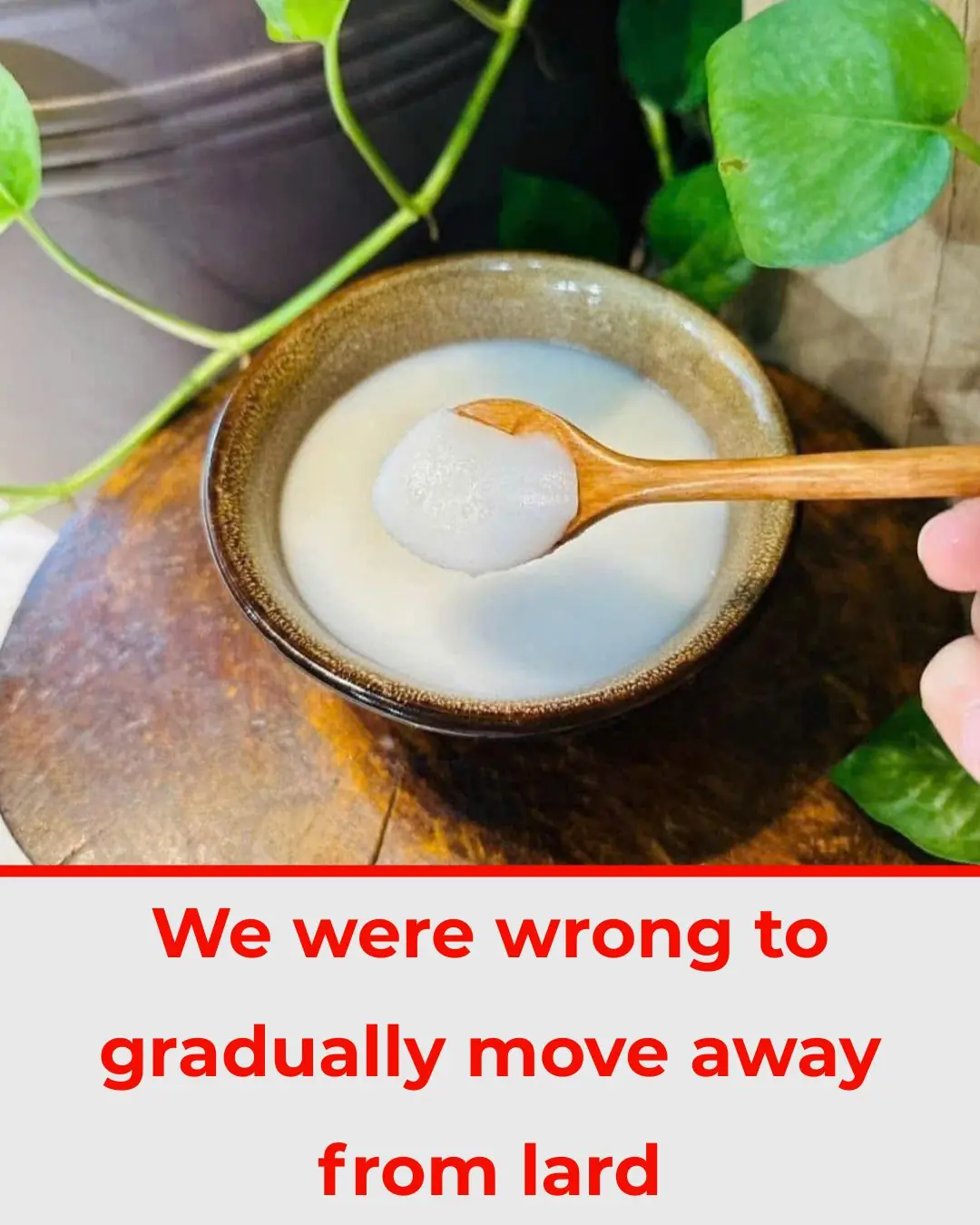
We were wrong to gradually move away from lard

Insert a cotton swab into a bottle of essential oil and place it anywhere for good results.

Moldy wooden cutting boards, can only be thrown away after washing with soap: Pour this on for 5 minutes and the cutting board will be as clean as new.
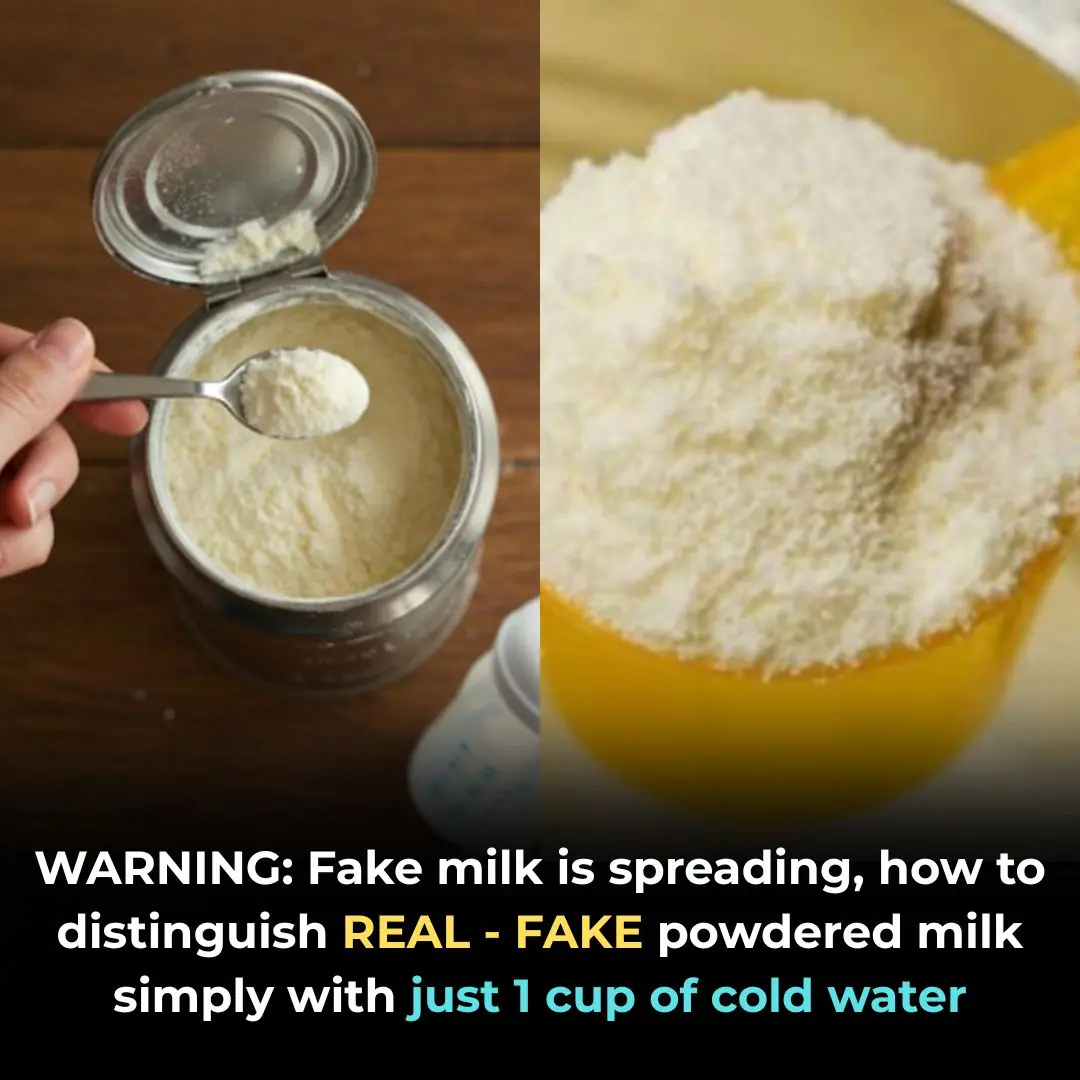
WARNING: Fake milk is spreading, how to distinguish REAL - FAKE powdered milk simply with just 1 cup of cold water
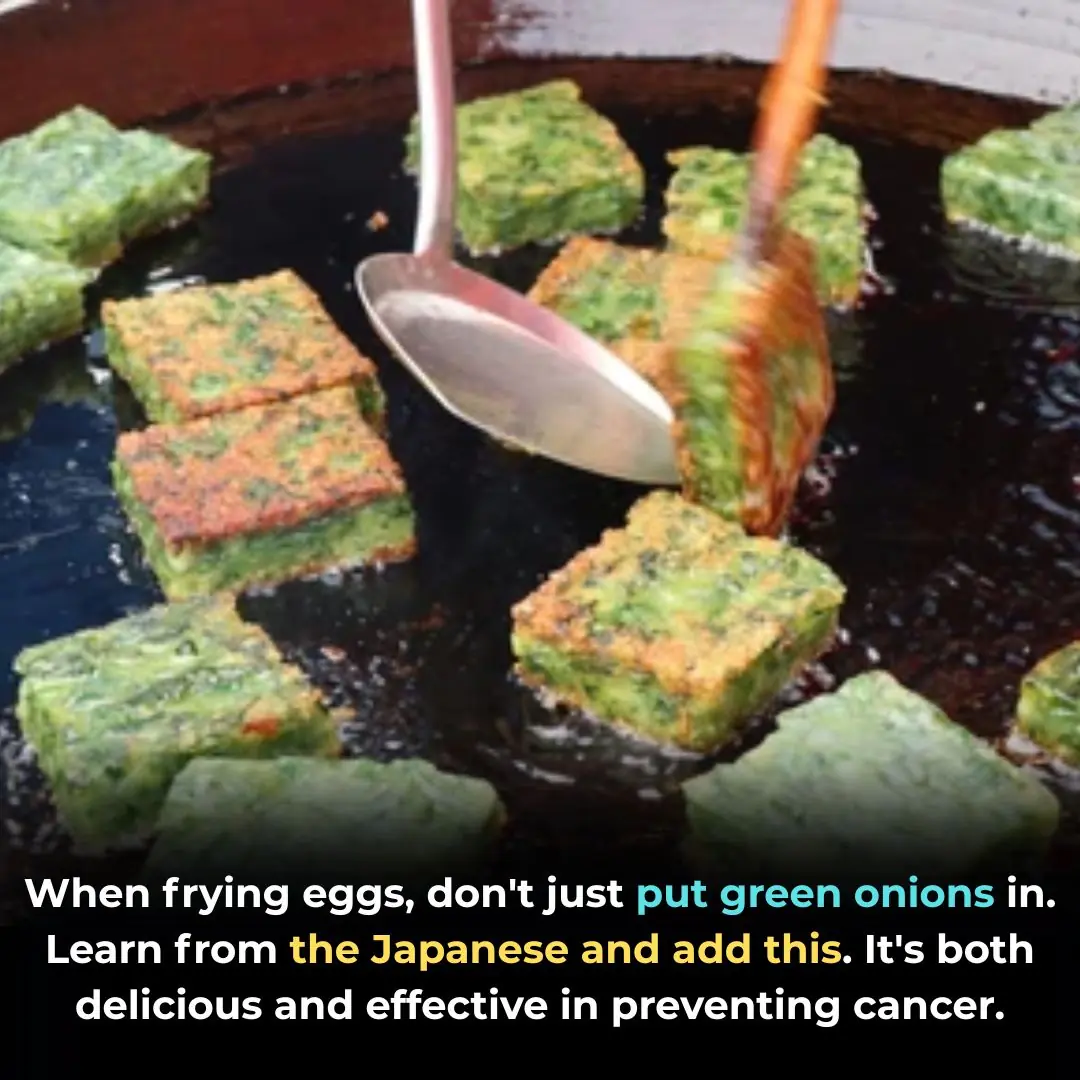
When frying eggs, don't just put green onions in. Learn from the Japanese and add this. It's both delicious and effective in preventing cancer.
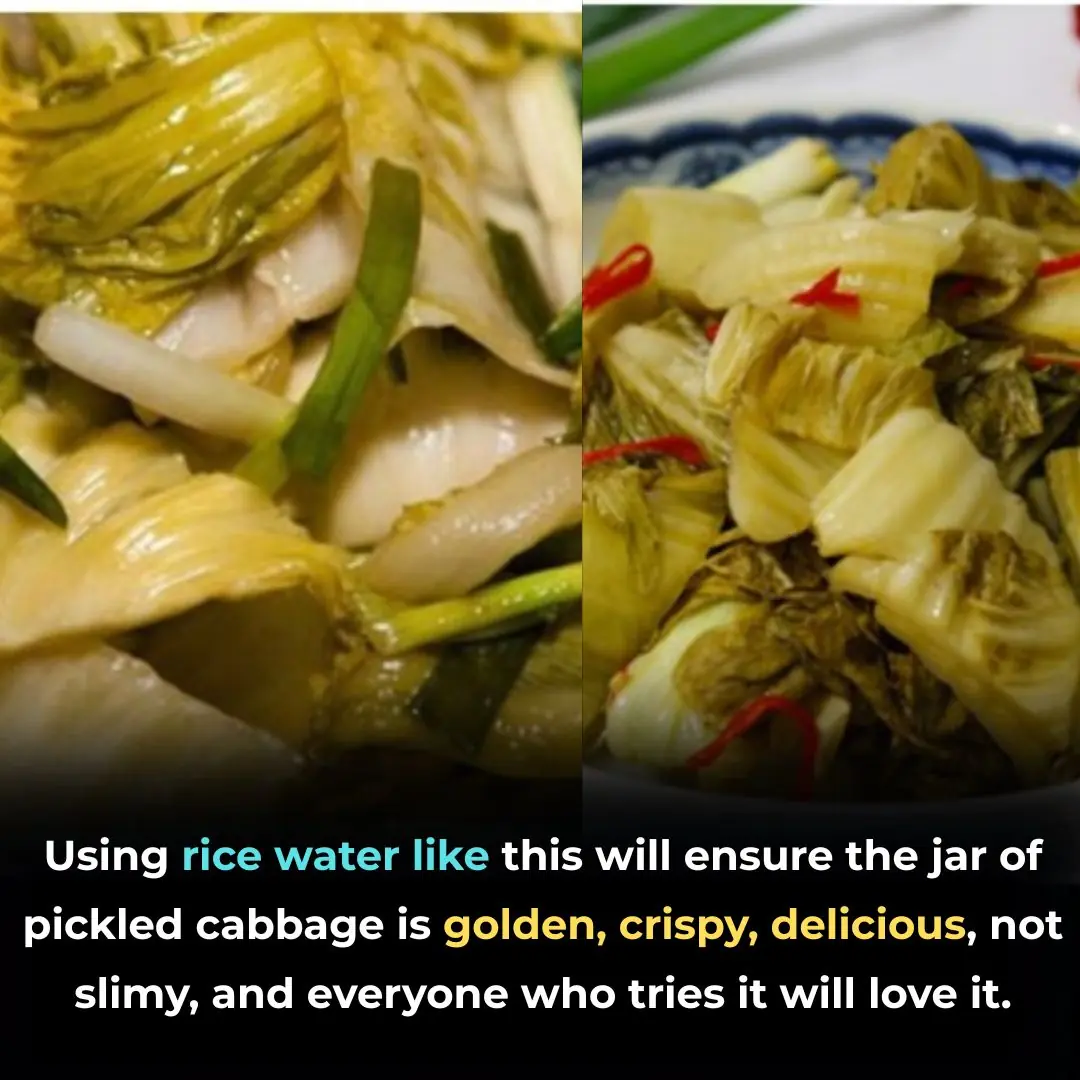
Using rice water like this will ensure the jar of pickled cabbage is golden, crispy, delicious, not slimy, and everyone who tries it will love it.

From the case of injecting essence to turn 14 tons of buffalo meat into beef: If you see these signs in beef, absolutely do not buy it.

Think Twice Before Drinking Bottled Water in Hotel Rooms – Here's Why It's Not Always Safe or Worth It

A simple tip you probably need right now.

3 extremely simple tips to remove odors right after cooking in the kitchen

The washing machine accumulates a lot of dirt and bacteria: Pour 1 bowl of this into the washing drum to make it clean like new, clothes will smell fresh right away

11 health benefits of green bean water, unfortunately many people do not know

These household appliances will quickly break if you use dishwashing liquid to clean them

How to Dry Clothes Quickly and Odor-Free on Damp, Humid Days — No Dryer Needed
News Post

40-Year-Old Parrot Waits Alone for 2 Weeks in Empty Home, Collapses After Finally Being Rescued.

When the Music Became a Goodbye.

The Elephant Who Collected His Own Toll.

Why Drinking Water on an Empty Stomach Is Beneficial

The reason behind children not visiting their parents

Bananas that are ripe and turn black are thought to be thrown away, but unexpectedly are a nutritional "treasure" that few people know about

Great tips for the bathroom: Disposable masks can 'eliminate' bad odors, making the space surprisingly clean and fragrant

Powerball Winner Turns $2 Billion Fortune Toward Rebuilding Fire-Ravaged L.A. Homes

The Astonishing Claim That Humans Might Be Built for 20,000 Years

Save this for when you need it: How to cure 46 diseases with medicine-free tips

The Dying Lions of Khartoum: A Cry for Compassion Amid Collapse

The Gentle Embrace: A Baby Elephant’s Heartfelt Hug.

Why do gourmets always choose places with lots of leftover tissues when eating out?

Signs Your Adult Child May Resent How You Raised Them

Full Circle: The Boy Who Saved the Woman Who Once Saved Him.

What’s the Reason Behind Painting Trees White?

When ants randomly crawl into the house, here's what the Universe is trying to tell you

‘This Is Why They Mad’: Angel Reese’s Runway Debut Triggers Supporters to Clap Back After Trolls Claim Victoria’s Secret Has ‘Lowered Its Standards’
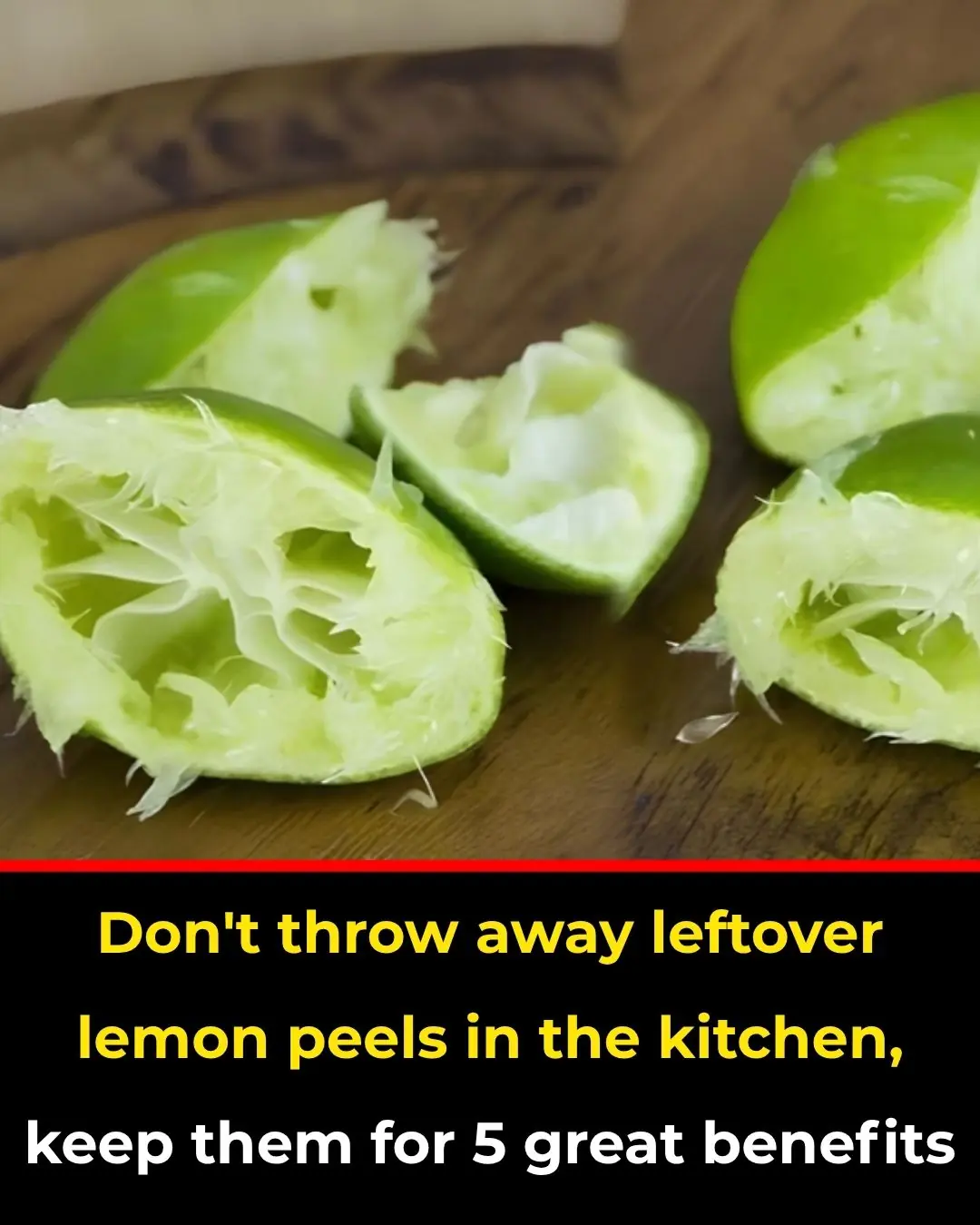
Don't throw away leftover lemon peels in the kitchen, keep them for 5 great benefits
